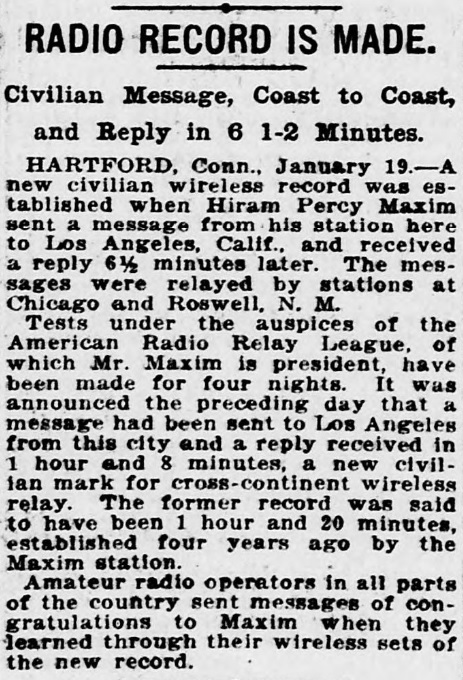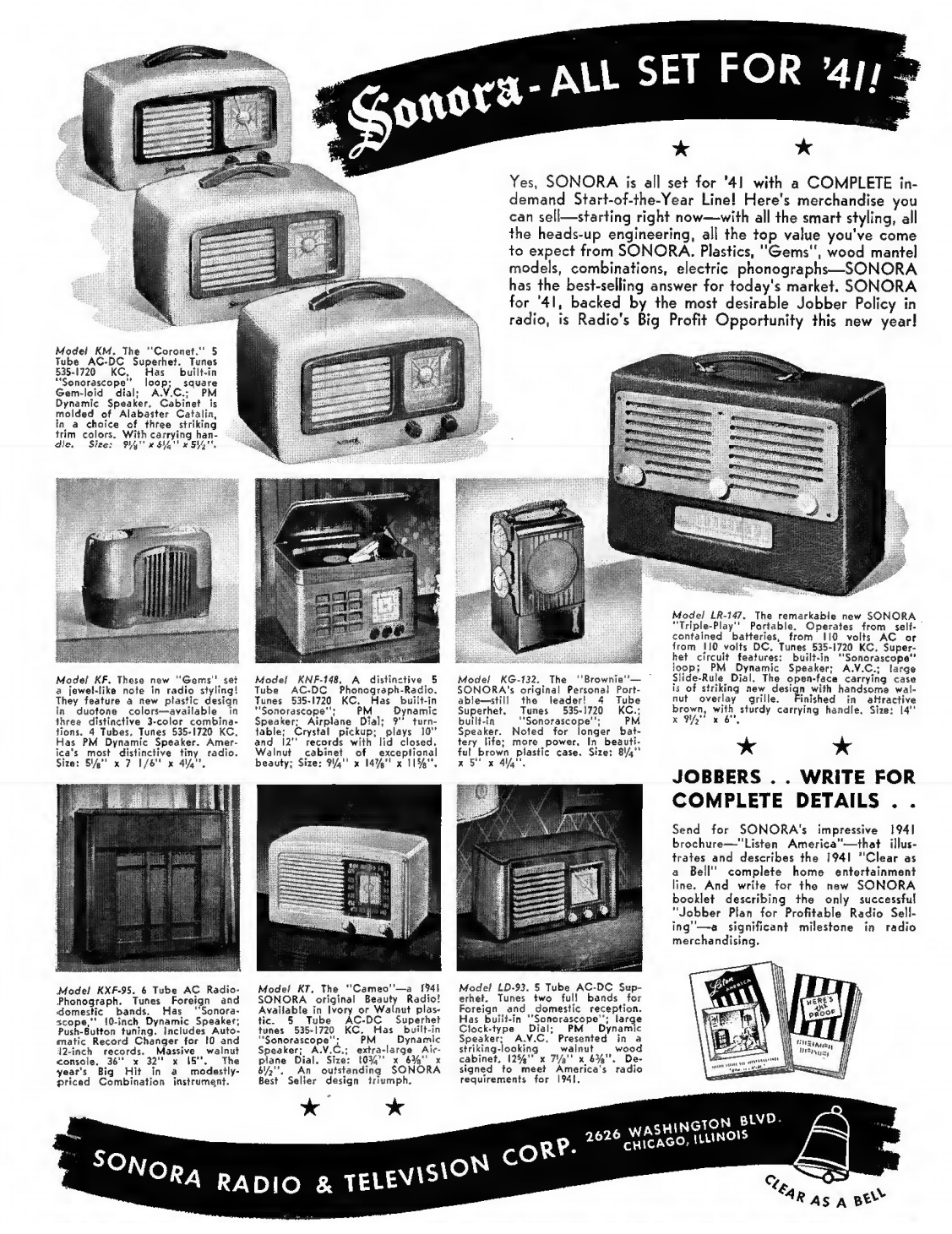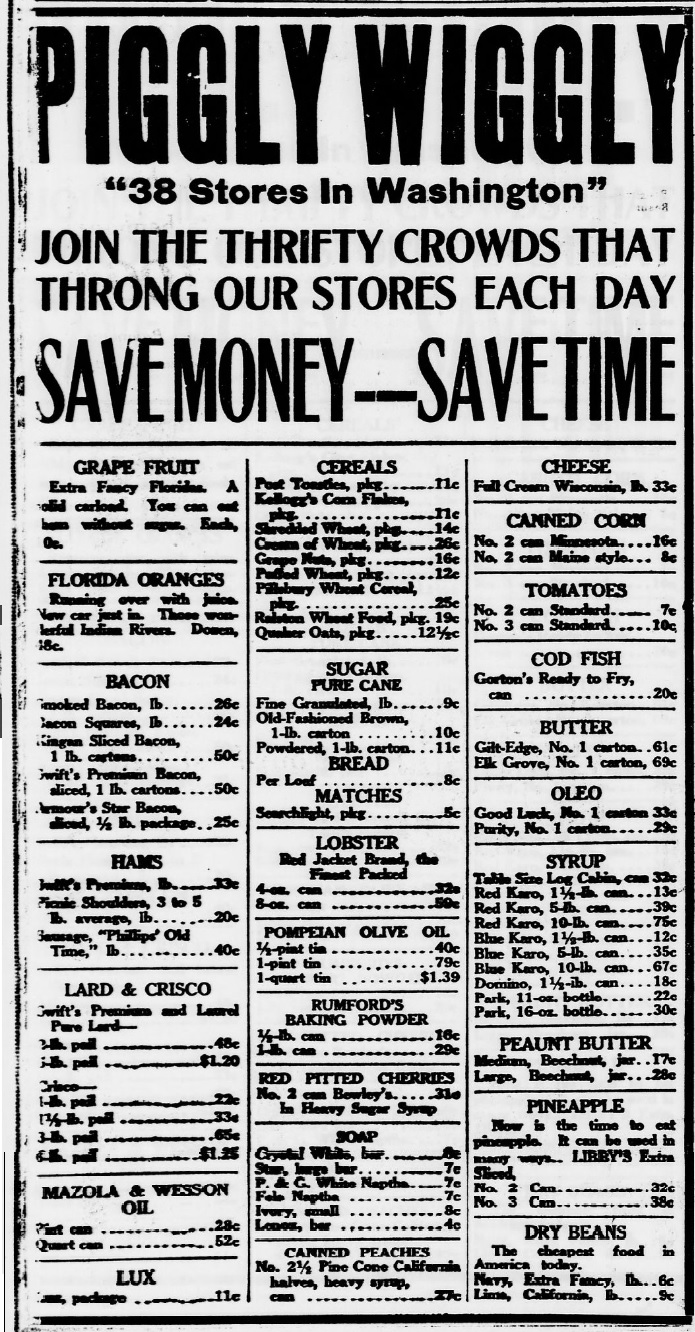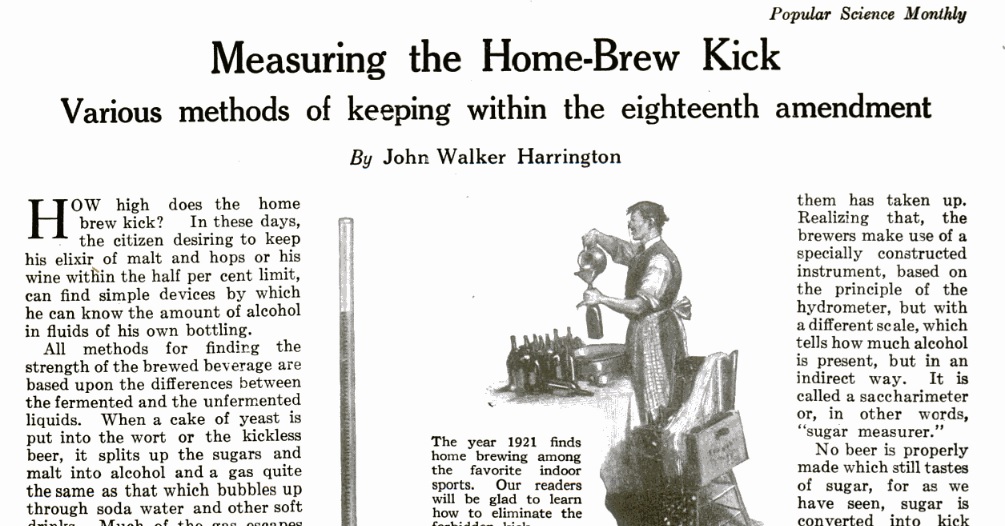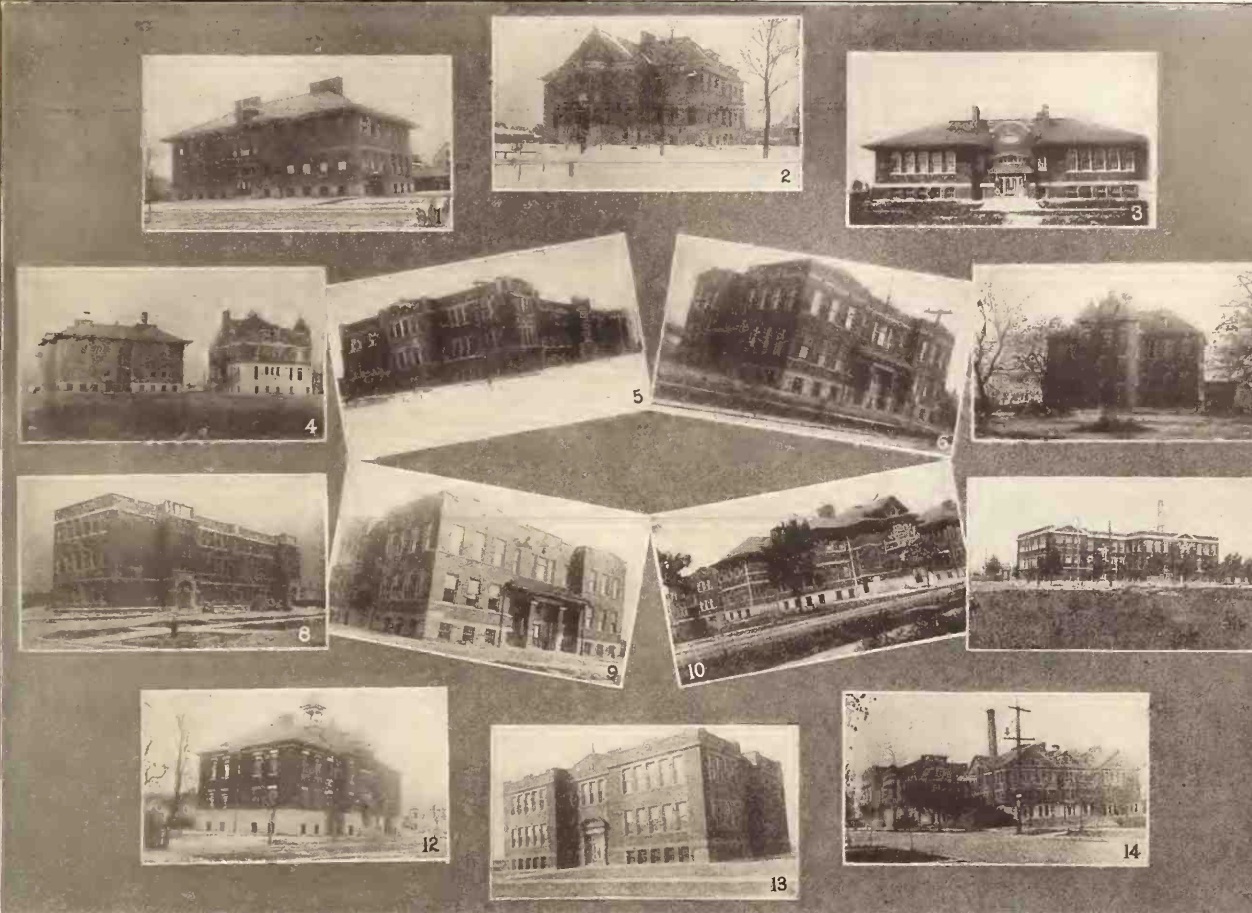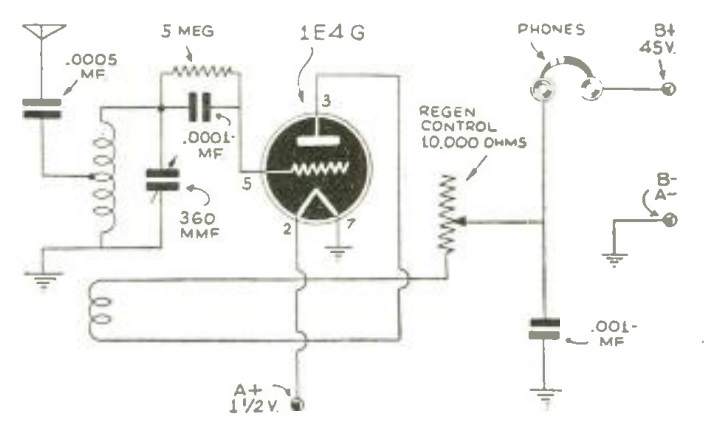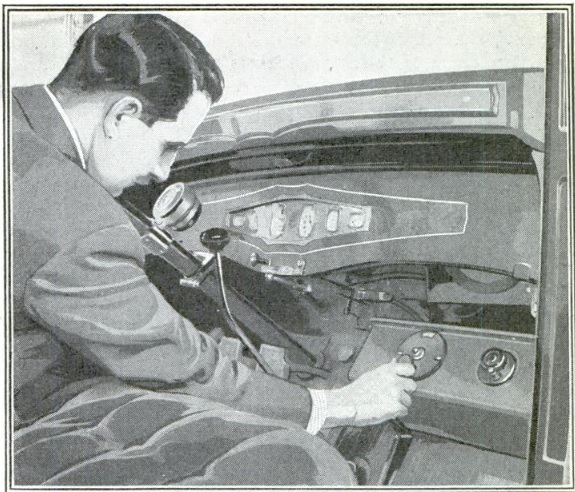 In 1930, this gentleman, Popular Mechanics writer Allen C. Forbes, was undoubtedly the first on his block to have a car radio in his 1929 Nash. It took him two years of experimentation to finally succeed, but succeed he did, and he reported that the set furnished pleasure to himself during the day and to his family when out for an evening ride.
In 1930, this gentleman, Popular Mechanics writer Allen C. Forbes, was undoubtedly the first on his block to have a car radio in his 1929 Nash. It took him two years of experimentation to finally succeed, but succeed he did, and he reported that the set furnished pleasure to himself during the day and to his family when out for an evening ride.
He reported that the biggest problems were ignition noise and lack of a good antenna and ground. Ignition noise was solved by suppressors in the ignition line and a well shielded set. For an antenna, he settled upon a screen mounted under the car’s fabric roof. He reported that with a set of six or more tubes, he could get good loudspeaker volume 100-150 miles away from a station.
Grounding was very difficult, because he used the car’s battery as the A battery, but the car had a positive ground, while the radio had negative ground. The set’s ground connection was not used, and the set was mounted with great care so that no part of the metal chassis or case touched the car chassis. The B and C batteries were mounted in an extra battery box. A plug-in cable was fabricated to facilitate easy removal of the radio from the car.
The radio was an Atwater-Kent model 35 with 3 RF stages, detector, and 2 audio stages. He noted that it was essential that a set with a metal cabinet be used, and that the set needed plenty of RF stages to offset the short antenna. Tet was mounted in the car upside down, and he noted that it was a good idea to solder the tubes into their sockets, especially if the car wasn’t equipped with shock absorbers.
The article appeared in the January 1930 issue of Popular Mechanics.

